MWC 2010
Today in Barcelona HTC announced three new smartphones. Two run Android and one runs Windows Mobile 6.5.3 — and all three run the newest version of Sense UI. Here are our initial thoughts.
HTC Desire
Think of the Desire as the Nexus One, but with slightly better hardware and the addition of Sense UI. It carries forward many of the specs of the Nexus One, including the display and processor. It feels great to hold. All the metallica surfaces are nice to touch and are pleasing to the hand. It's lightweight and slim.
HTC has replaced the capacitive buttons and trackball with hardware buttons and an optical mouse. These hardware changes make the device much better. It truly is more usable and finger-friendly. Losing the trackball, in particular, makes the phone feel of higher quality, and the optical mouse/button looks classier, too.
The real benefit the Desire has over the Nexus One is the newest version of Sense UI. HTC has refreshed Sense with some new features. It has updated the weather widget, added the ability to create separate visual phone books, and added a social networking application called Friend Stream. Friend Stream is a neat way to look through friends' posts on various social networks. It's not as over-the-top has MOTOBLUR, and does a good job of streaming everything together in one long feed of updates.
One of the coolest new features in Sense UI is called Leap. Basically, you pinch any of the seven home screens (using multitouch) and it will zoom all the screens out and show you a rendering of each screen. You can then tap the screen you want to leap to, and Leap takes you there. It's supposed to be a faster way to get from home page to home page rather than scrolling all over the place.
Because the Desire has a 1GHz processor in it, it was speedy to use. We noticed no delays in swiping from screen to screen, or moving from app to app.
As far as Android devices go, the Desire is certainly lust-worthy. It easily is one of the best Android handsets to date. Too bad it doesn't support 3G networks. Knowing HTC, though, a U.S. variant may come to market later this year.
Here is a video tour:
HTC Legend
The Legend is the successor to HTC's GSM Hero from 2009. The updated version is better in nearly every way. The frame was milled fro a single block of aluminum. That means it is strong as hell, has seamless lines, looks great, and feels really good in the hand.
First, the display remains the same 3.2-inch 320 x 480 shape and resolution, but it has been updated to an AMOLED display, which really makes it pop. Though the basic specs haven't changed, by switching ti AMOLED, the new display looks superior when held side-by-side with the original Hero.
HTC has revised the buttons on the front of the Legend. On the original Hero, they felt a bit misplaced, and the "back" key in particular was hard to use. The new version moves the four buttons up closer to the bottom of the screen and they are better buttons. They are easy to find, have good travel and feedback, and feel good to use. I also like the new optical mouse/button. It looks better than the trackball and works better to, in my opinion.
The rest of the hardware feels great. The seamless block of aluminum means no cracks or crevices along the edges.
It also features the new Sense UI with Friend Stream and Leap. In all, this is a very solid update to what was already a good phone.
HTC HD Mini
The HD Mini is no doubt a solid Windows Phone, but Rich and I simply don't get the branding. It has nothing to do with with original HD2, and should have been given its own name. That gripe aside....
The HD Mini is a small little phone. HTC really shrunk it down to get it to a much more pocketable size. It is slim, lightweight, and feels really good in the hand. The fit and finish of the materials is rock solid. I have to say, HTC has been doing a really good job lately with its manufacturing processes.
The screen is smaller than I'd like for a touch phone, but it looks great. The colors are bright and sharp, and the resolution is good enough so that Sense UI looks really nice.
HTC replaced the hardware buttons on the HD2 with capacitive buttons on the HD Mini. I find this move puzzling. Physical buttons always work better. The capacitive versions just aren't as effective.
The new version of Sense on the HD Mini works really well, and whatever processor is inside was more than enough to handle running the skin on top of Windows Phone 6.5.3. Speaking of WinPho 6.5.3, the upgrades that are native to the newer version of WinPho are completely obliterated. You can't even tell that Windows has been updated.
In all, this is a solid little phone that will surely do well for those looking for a form factor such as this.

























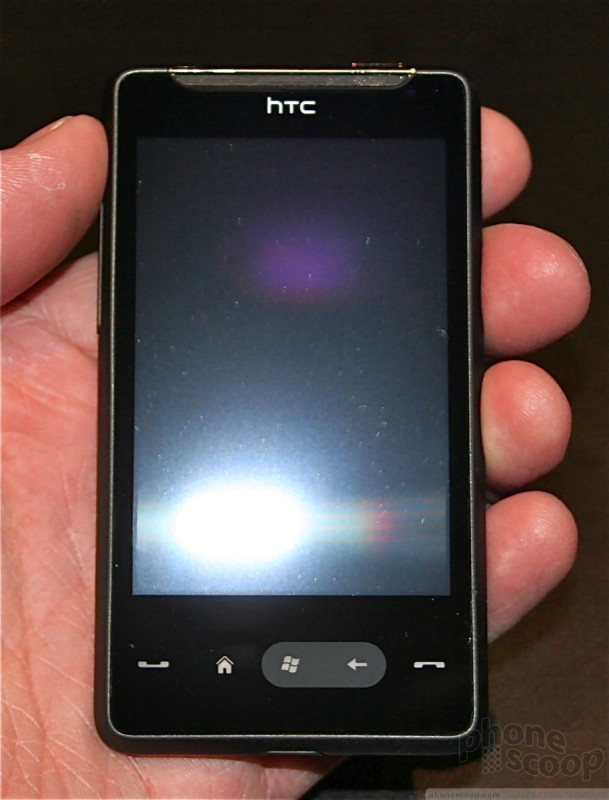








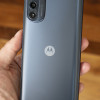 Hands on with the moto g 5G
Hands on with the moto g 5G
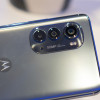 Hands On with the Motorola edge (2022)
Hands On with the Motorola edge (2022)
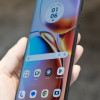 Hands On with the Motorola edge+ (2023)
Hands On with the Motorola edge+ (2023)
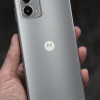 Hands On with the 2023 moto g 5G & moto g stylus
Hands On with the 2023 moto g 5G & moto g stylus
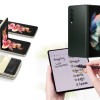 Samsung Updates Foldables with Water Resistance, S Pen
Samsung Updates Foldables with Water Resistance, S Pen

